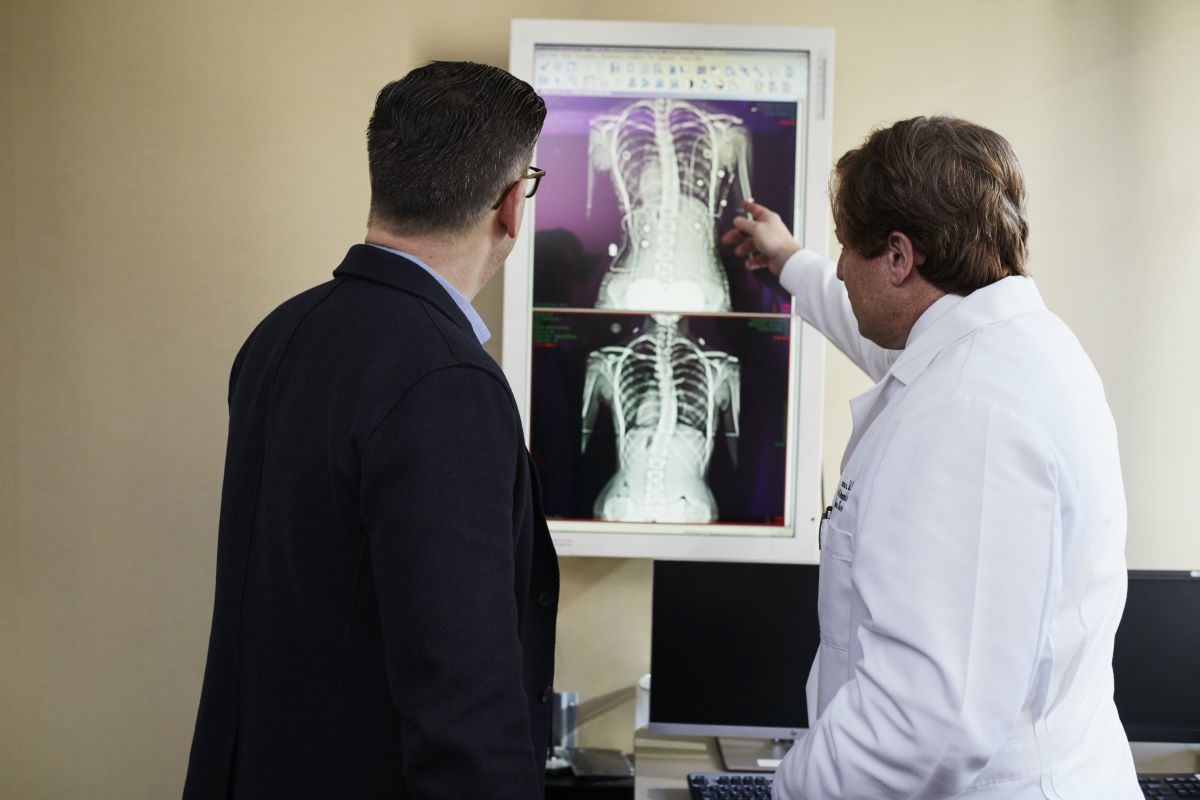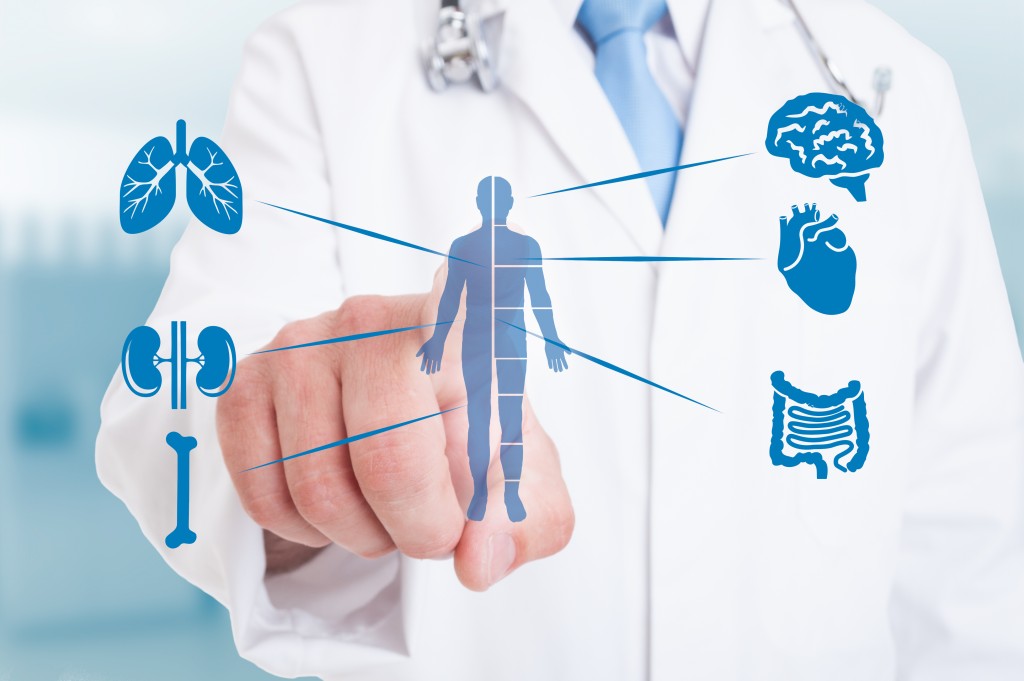Over 110,000 patients in the United States are currently awaiting organ transplants, which are being addressed more and more thanks to technological advancements. Technology in the scientific and medical sectors has drastically advanced in the twentieth-first century, bringing the early conventional organ transplant practices to the next level.
While you can always rely on the steady and straightforward services of professionals like divorce lawyers and accountants, it’s good to stay updated on “game-changing” technological and research breakthroughs that could one day save your life. Transplant research and implantables have been progressing steadily.
Here are a few interesting things to look at:
New Freezing Techniques
Previously, experts have transferred livers from one to another with “static” cold preservation, which basically places a healthy liver in a solution inside an ice-filled cooler. However, the latest “active” cold preservation technique enhances the conventional method, with scientists aiming to increase the number of organs available for transplantation and transporting them from further distances. This technological advancement can allow medical professionals to condition donated livers, enabling them to use organs that would have been typically discarded.
Viagra Improving Bone Marrow Transplant
More than 25,000 bone marrow transplants or hematopoietic stem cell transplants (HSCTs) are performed to treat cancer-related conditions like lymphoma and leukemia every year. Your hematopoietic stem cell (HSC) can regenerate and turn into the different mature blood lineages (red blood cells, white blood cells, and platelets that your body needs to survive. Nowadays, medical facilities provide multi-day injections of a pharmacological agent named granulocyte-colony stimulating factor (G-CSF) to stimulate stem cells from the bone marrow to enter the bloodstream. However, this technique can lead to adverse effects, including fatigue, severe bone pain, and nausea.
However, a recent scientific breakthrough revealed that Viagra could be a viable alternative to HSCT, overcoming the issue of stem cell mobility. Viagra is a vasodilator developed to treat individuals with hypertension and other heart-related disorders. Recently, following a mouse study, scientists discovered that intaking oral Viagra for three straight days combined with Plerixafor increased HSC production.

Implantable Devices
Scientists have been eyeing the possibility of implantable artificial organs for decades as an alternative for augmenting or replacing organ functions in the human body. A recent breakthrough is an implantable defibrillator, preventing some cases of sudden cardiac arrest and even death. Applications will broaden following improvements in the ability to predict life-threatening ventricular arrhythmias (irregular heartbeats). Another possibility is a fully implantable artificial heart, with numerous scientists working on it and testing it following the various development stages, using it as an initial “bridge” to transplantation.
However, although artificial hearts’ advancements seem promising, fully implantable organs to replace the lungs, kidneys, and liver have yet to be established. Because engineering of artificial organs requires special expertise and high costs, it’s essential to keep a current perspective on current biological therapies for transplantation that can be brought into the clinical practice faster.
Tissue Engineering
This practice refers to growing cells on an artificial matrix where cells are coaxed to form an organized array, such as tissues. Experts used the concept to drive cells to form artificial skin, muscle, and other tissues, showing great promise for remedying focal defects in flat surfaces. However, it may not assist in the growth of more complex three-dimensional structures of whole organs.
The regenerative medicine sector is accelerating at unparalleled speed, and it’s showing no signs of slowing down any time soon. With the recent breakthroughs mentioned and scientists pushing the boundaries of what they deem possible, organ transplants being accessible to everyone in need is no longer fiction — potentially saving the lives of many and giving them a second chance.

